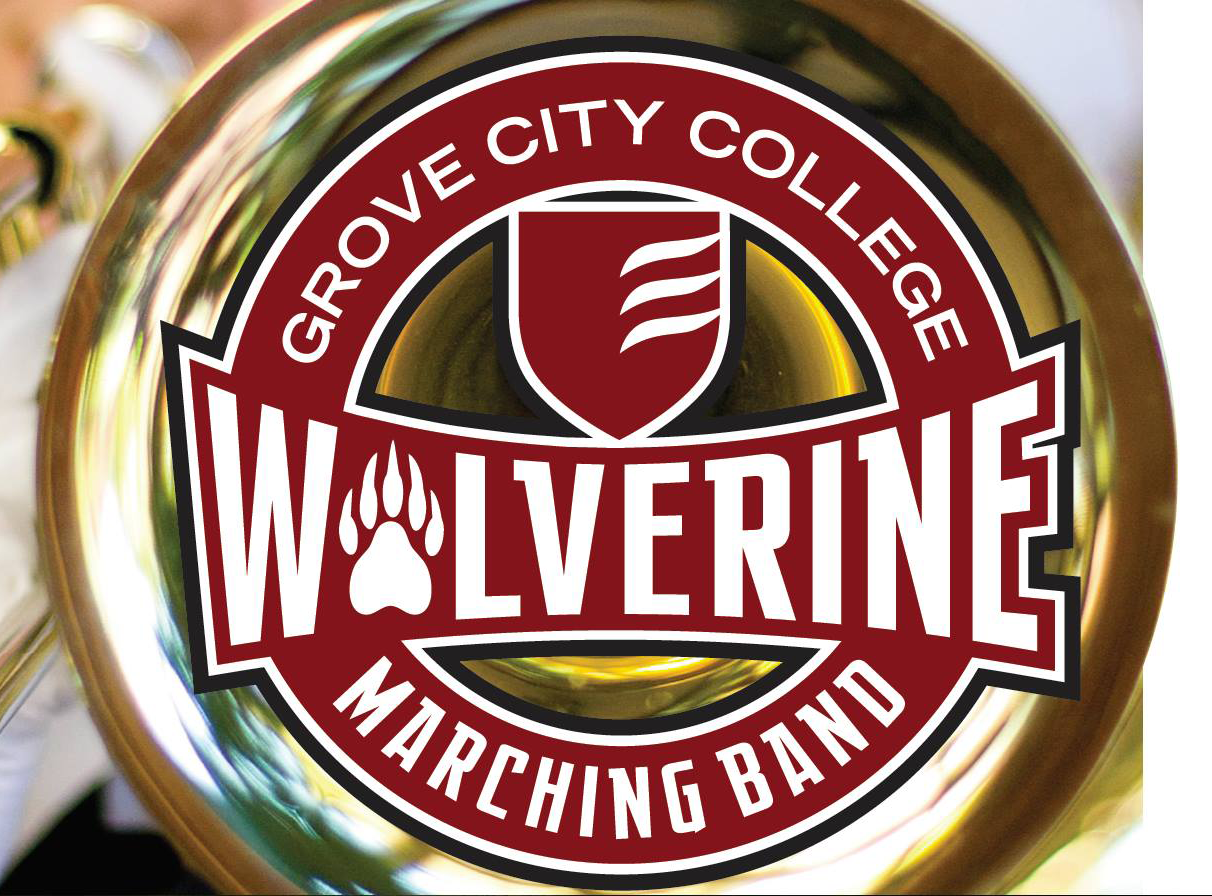On-Campus Jobs: MAP Dishroom

Being a Grove City student is definitely a full-time job in and of itself. Classes, chapel, orchestra, sports, Greek life, bible study: you name it, and you’ll be booked full in no time. But there’s one thing that should be a part of your schedule so that you can afford to be a student with that busy Grove City schedule: […]
Read more



